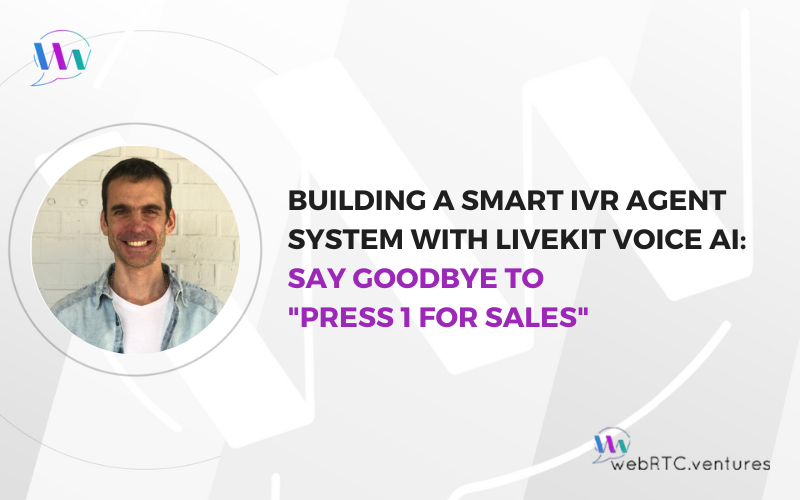
WebRTC has been enabling video and audio communication directly in your browser without any plugins for 10 years now. Even services like Google Meet and Discord use WebRTC to provide crystal-clear voice and video calls in real-time. This powerful technology has revolutionized how we connect online, but

Voice AI applications are changing how businesses handle customer interactions and how users navigate digital interfaces. These systems process spoken requests, understand natural language, and respond with generated audio in real time. Building a voice AI application requires understanding speech processing, language models, and real-time communication infrastructure.

Real-time video communication applications face unique scalability challenges that can make or break the user experience. When thousands of users simultaneously join virtual classrooms, video conferences or other streaming video experiences, traditional autoscaling approaches often fall short. The key to managing predictable traffic spikes in WebRTC applications

The era of clunky, keypad-driven legacy IVR customer service systems that have long frustrated users is finally over. The future of Interactive Voice Response is truly conversational, and it’s ready for prime time. That’s why Deepgram’s State of Voice AI 2025 report says 84% of business leaders






